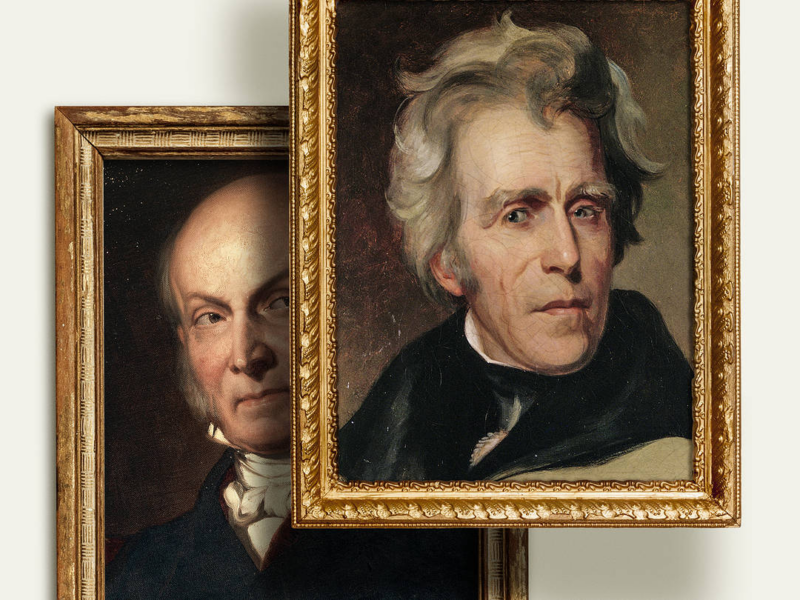Mark Inglis, a New Zealander, became the first person without legs to climb Mount Everest. This remarkable feat was achieved on May 15, 2006. Inglis, a double amputee, scaled the highest peak in the world using prosthetic legs, demonstrating extraordinary determination and resilience.

The Inspiring Journey of Mark Inglis
Inglis’ journey to Everest is a story of incredible perseverance against daunting odds. He lost both of his legs below the knee in 1982 due to severe frostbite, suffered during a mountaineering expedition in New Zealand. Despite this life-changing event, Inglis continued to pursue his passion for mountaineering.
Before he attempted Everest, Inglis was already an accomplished climber and athlete. He competed in cycling at the Paralympics and even won a silver medal in the 2000 Sydney Games. He also successfully climbed Mount Cook, New Zealand’s highest peak, becoming the first double amputee to do so.
The Everest Expedition
In 2006, Inglis joined an expedition led by Adventure Consultants, a New Zealand-based climbing company. The expedition included a team of experienced climbers and Sherpas, among whom was Phurba Tashi Sherpa, a highly accomplished Himalayan mountaineer.
The climb was arduous, with Inglis facing unique challenges due to his prosthetics. The prosthetic legs needed to be carefully managed and adjusted to cope with the extreme cold and the rigors of climbing. The risk of injury was high, as the lack of sensation in his lower limbs meant that Inglis could not feel pain or discomfort, which could indicate potential problems.
Despite these challenges, Inglis remained determined. The team had to navigate the treacherous Khumbu Icefall, ascend the steep Lhotse Face, and endure the grueling climb to the South Col and the summit ridge.
Reaching the Summit
On May 15, 2006, Mark Inglis achieved his extraordinary goal. After a grueling two-month expedition, he stood at the summit of Mount Everest, 29,032 feet above sea level. This achievement was a testament not only to his physical strength and climbing ability but also to his incredible mental fortitude.
Controversy and Legacy
Inglis’ ascent was not without controversy. During the climb, the team passed a distressed climber, David Sharp, choosing to continue their ascent. The decision, and the ethical dilemma it posed, sparked a debate in the mountaineering community about the responsibilities of climbers to one another.
Despite the controversy, Mark Inglis’ accomplishment stands as a significant milestone in the history of Everest expeditions. He broke barriers for disabled athletes and climbers, showing that with determination, skill, and the right support, even the most seemingly insurmountable challenges can be overcome. His story continues to inspire many, both within and outside the mountaineering world, proving that physical limitations do not define one’s ability to achieve extraordinary feats.


